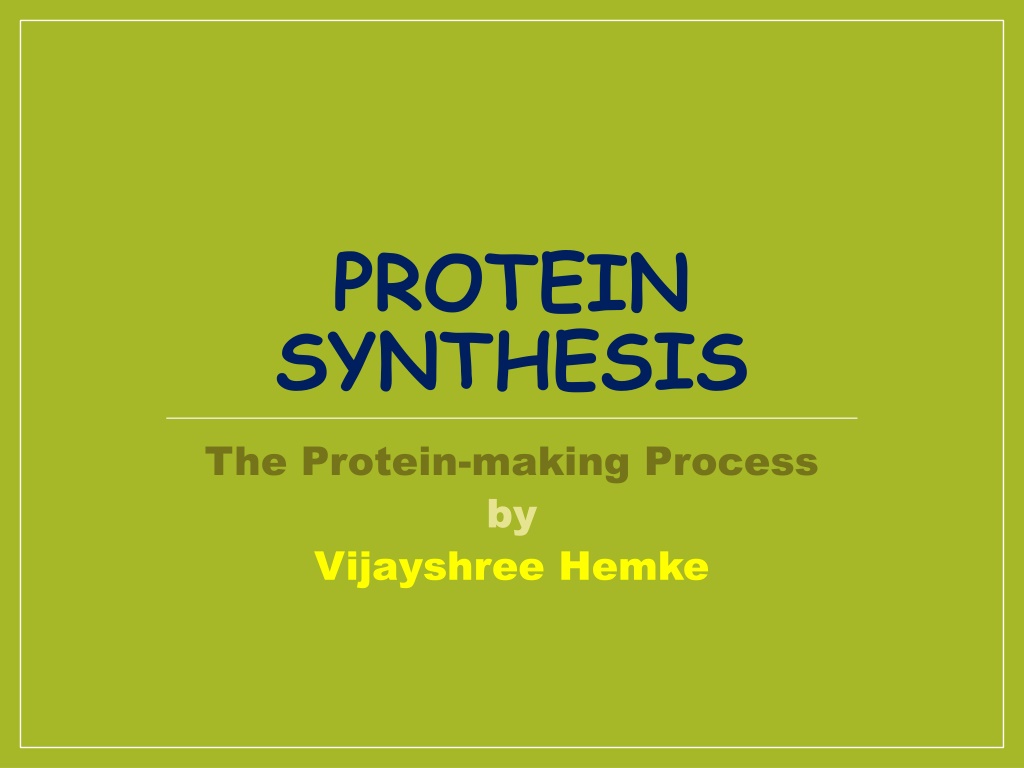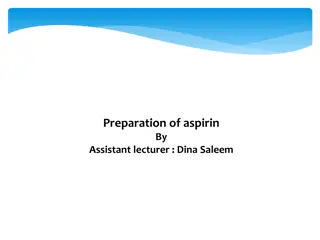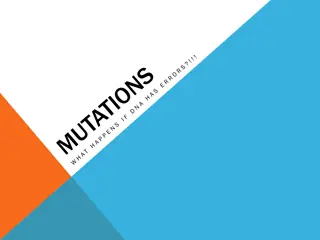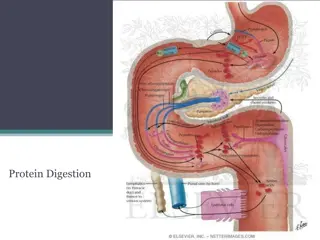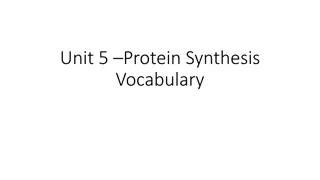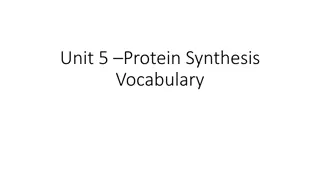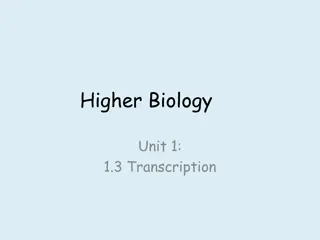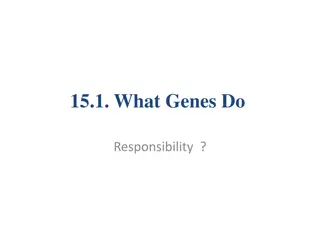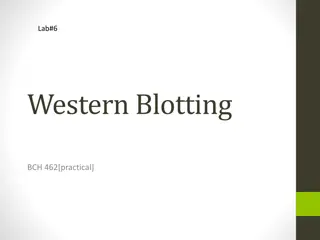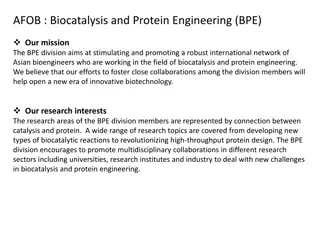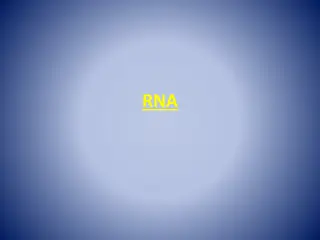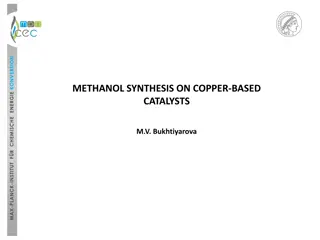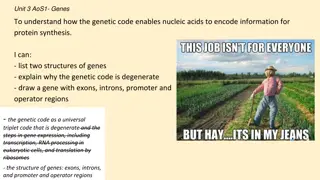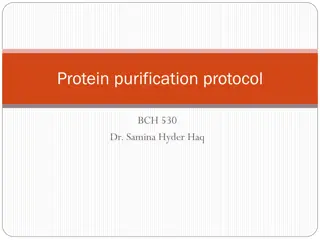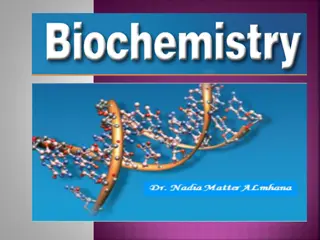Understanding Protein Synthesis Process
Explore the intricate process of protein synthesis, from transcription to translation, where genetic information is copied from DNA to RNA and decoded into proteins. Discover the essential role of ribosomes, amino acids, and enzymes in building proteins for various functions in living organisms.
Download Presentation

Please find below an Image/Link to download the presentation.
The content on the website is provided AS IS for your information and personal use only. It may not be sold, licensed, or shared on other websites without obtaining consent from the author. Download presentation by click this link. If you encounter any issues during the download, it is possible that the publisher has removed the file from their server.
E N D
Presentation Transcript
PROTEIN SYNTHESIS The Protein-making Process by Vijayshree Hemke
Protein Synthesis (Gene Expression) Notes Proteins (Review) Proteins make up all living materials
Proteins are composed of amino acids there are 20 different amino acids Different proteins are made by combining these 20 amino acids in different combinations
Function of proteins: 1. Help fight disease 2. Build new body tissue 3. Enzymes used for digestion and other chemical reactions are proteins (Enzymes speed up the rate of a reaction) 4. Component of all cell membranes
MAKING PROTEINS Step 1: Transcription
Making a ProteinTranscription First Step: Copying of genetic information from DNA to RNA called Transcription Why? DNA has the genetic code for the protein that needs to be made, but proteins are made by the ribosomes ribosomes are outside the nucleus in the cytoplasm. DNA is too large to leave the nucleus (double stranded), but RNA can leave the nucleus (single stranded).
Part of DNA temporarily unzips and is used as a template to assemble complementary nucleotides into messenger RNA (mRNA).
mRNA then goes through the pores of the nucleus with the DNA code and attaches to the ribosome.
MAKING PROTEINS Step 2: Translation
Making a ProteinTranslation Second Step: Decoding of mRNA into a protein is called Translation. Transfer RNA (tRNA) carries amino acids from the cytoplasm to the ribosome.
These amino acids come from the food we eat. Proteins we eat are broken down into individual amino acids and then simply rearranged into new proteins according to the needs and directions of our DNA.
A series of three adjacent bases in an mRNA molecule codes for a specific amino acid called a codon. Amino acid Each tRNA has 3 nucleotides that are complementary to the codon in mRNA. Each tRNA codes for a different amino acid. Anticodon
mRNA carrying the DNA instructions and tRNA carrying amino acids meet in the ribosomes.
Amino acids are joined together to make a protein. Polypeptide = Protein
Use one of the codon charts on the next page to find the amino acid sequence coded for by the following mRNA strands. CAC/CCA/UGG/UGA ___________/___________/___________/____________ AUG/AAC/GAC/UAA ___________/___________/___________/____________ CAC/CCA/UGG/UGA ___________/___________/___________/____________
2nd Base 1st Base 3rd Base
AUG/AAC/GAC/UAA ___________/___________/___________/____________ Methionine Asparagine Aspartic Acid Stop
Thank You Thank You
